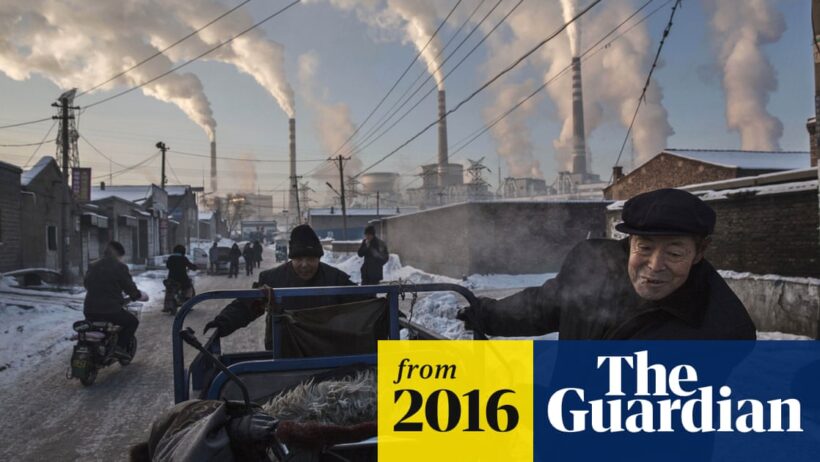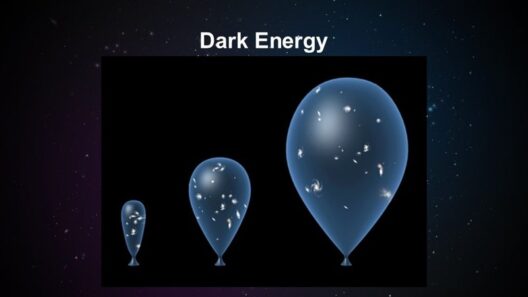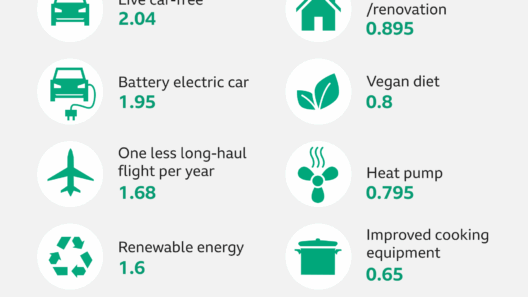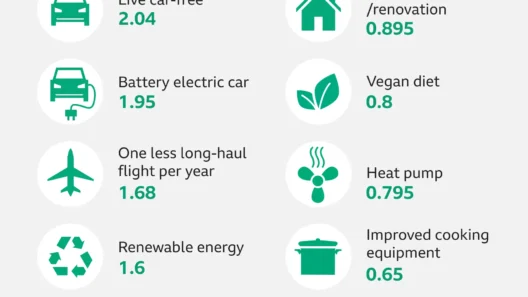Global warming has become synonymous with climate change and poses an existential threat to our planet. The implications of this phenomenon extend far beyond rising temperatures; they affect ecosystems, economies, and humanity at large. So, how bad is global warming really? Let’s plunge into this multifaceted subject to assess the severity of the climate crisis we face.
As we delve into this issue, let’s playfully ponder: If the Earth could speak, what would it say about our inability to mitigate its warming? Would it scream in anguish, or whisper tales of redemption? One thing is certain: the challenge ahead is daunting, and we must confront it with urgency and ingenuity.
In order to grasp the full extent of global warming, it is essential to understand its causes, its current manifestations, and the myriad implications for our planet in the near future.
Unpacking the Causes
At its core, global warming stems from an increase in greenhouse gases (GHGs) trapped in the Earth’s atmosphere. Carbon dioxide, methane, and nitrous oxide are the primary culprits. These gases create a ‘greenhouse effect,’ a phenomenon that has been exacerbated by industrial activities, deforestation, and livestock production. Fossil fuel combustion for energy remains the largest contributor, spewing carbon dioxide into the air as we drive cars, heat homes, and power factories.
In recent decades, human behaviors have pushed the concentration of CO2 in the atmosphere to unprecedented levels—over 400 parts per million (ppm). To put this in perspective, the pre-industrial level was approximately 280 ppm. This stark rise has culminated in significant atmospheric warming, leading us to question: Are we on a one-way path that will lead to irreversible consequences?
Current Manifestations: The Effects We Can’t Ignore
The repercussions of global warming are palpable and pressing. Consider the drastic shifts in weather patterns. Prolonged droughts have rendered agricultural landscapes barren, while torrential rains and floods have become more frequent, devastating communities and displacing millions. Rising sea levels threaten coastal cities, as ice sheets in places like Greenland and Antarctica continue to melt at alarming rates.
Moreover, the underpinnings of biodiversity face peril. As habitats change, countless species find themselves on the knife’s edge of extinction. According to recent estimates, up to one million species are at risk due to climate-induced factors. This biodiversity loss is not merely an ecological tragedy; it undermines the very ecosystems that provide us with critical services such as pollination, clean water, and carbon sequestration.
But what about public health? Global warming exacerbates air quality issues, leading to respiratory ailments and increased mortality rates. The spread of vector-borne diseases, such as malaria and dengue fever, finds a fertile ground in a warmer climate. As ecosystems shift, so too do the pathogens within them. Can we afford to ignore the increasing overlap between climate change and health crises?
The Future: What Lies Ahead?
Gazing into the future reveals a bleaker picture if substantial actions are not taken immediately. Projections suggest that if current trends continue, global temperatures could rise by 1.5°C as early as 2030 and exceed 2°C by the end of the century. The implications of this temperature rise are catastrophic. Ecosystems may collapse entirely, natural disasters could become commonplace, and food security will falter.
Regions that rely heavily on ice—such as the Arctic and mountainous territories—will experience profound transformations. The melting permafrost could release vast amounts of methane, a potent greenhouse gas, thus creating a feedback loop that accelerates global warming further. Are we prepared for a cascade of environmental tipping points that could entrench a new climatic reality?
Pushing for Solutions: The Call to Action
Addressing global warming is not merely a matter of scientific inquiry; it demands immediate and collective action across the globe. Transitioning from fossil fuels to renewable energy sources such as wind, solar, and hydroelectric power is imperative. Implementing energy efficiency measures can also contribute significantly to reducing emissions.
Additionally, reforestation initiatives and sustainable agricultural practices must be at the forefront of climate action strategies. These not only sequester carbon but also help enhance biodiversity and improve soil health. Innovative technologies such as carbon capture and storage (CCS) and advancements in electric vehicles can provide various pathways to mitigate our carbon footprint.
However, these solutions require collective will. Engaging businesses, governments, and individuals alike is essential. Perhaps the greatest challenge lies in changing mindsets and instilling a sense of stewardship for the planet. By fostering a culture of sustainability, we may empower each individual to contribute to a greater good.
As we reflect on the severity of global warming, it’s clear that it is not merely a distant threat but an imminent crisis demanding our immediate attention. The time to act is now. If we do nothing, the Earth’s voice may become a lament, but if we unite for change, it can evolve into a symphony of hope. Are we ready to take up the mantle of climate action and redefine the narrative of our planet’s future?






